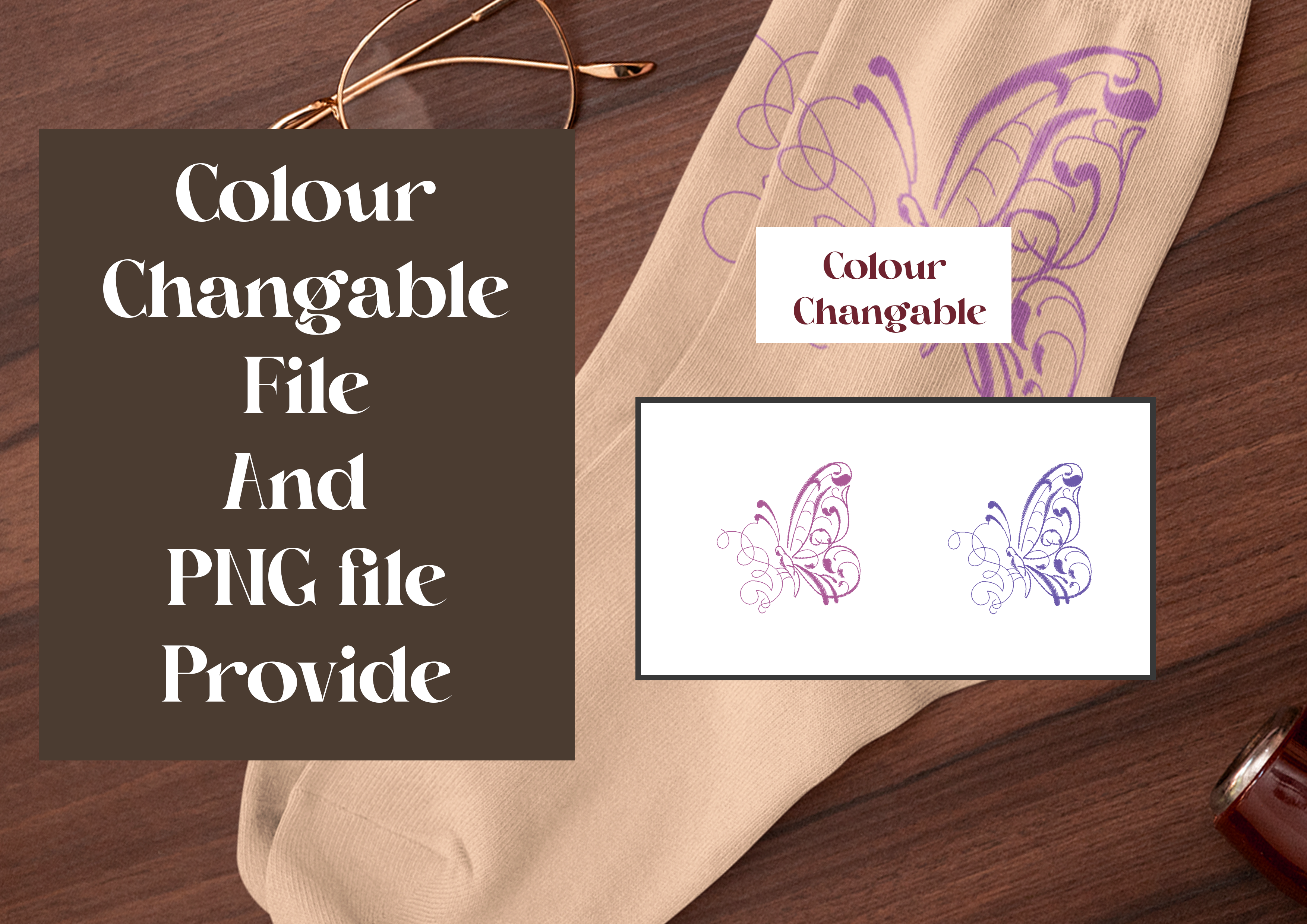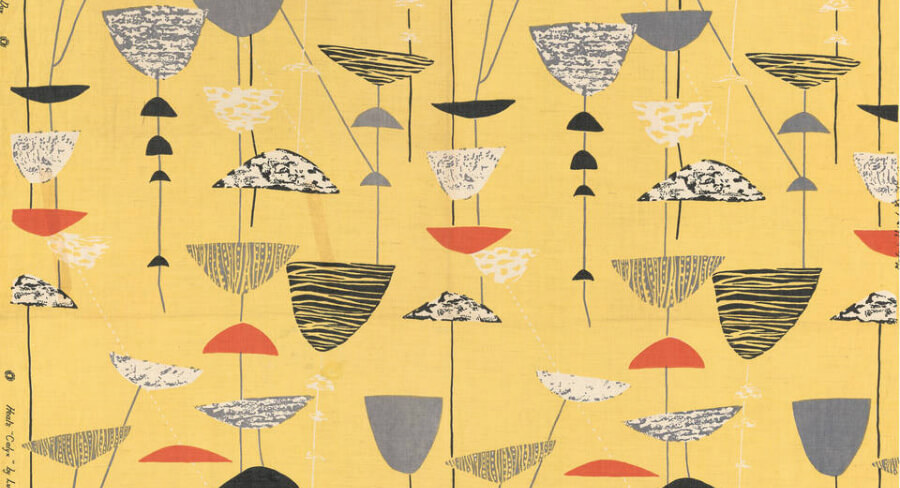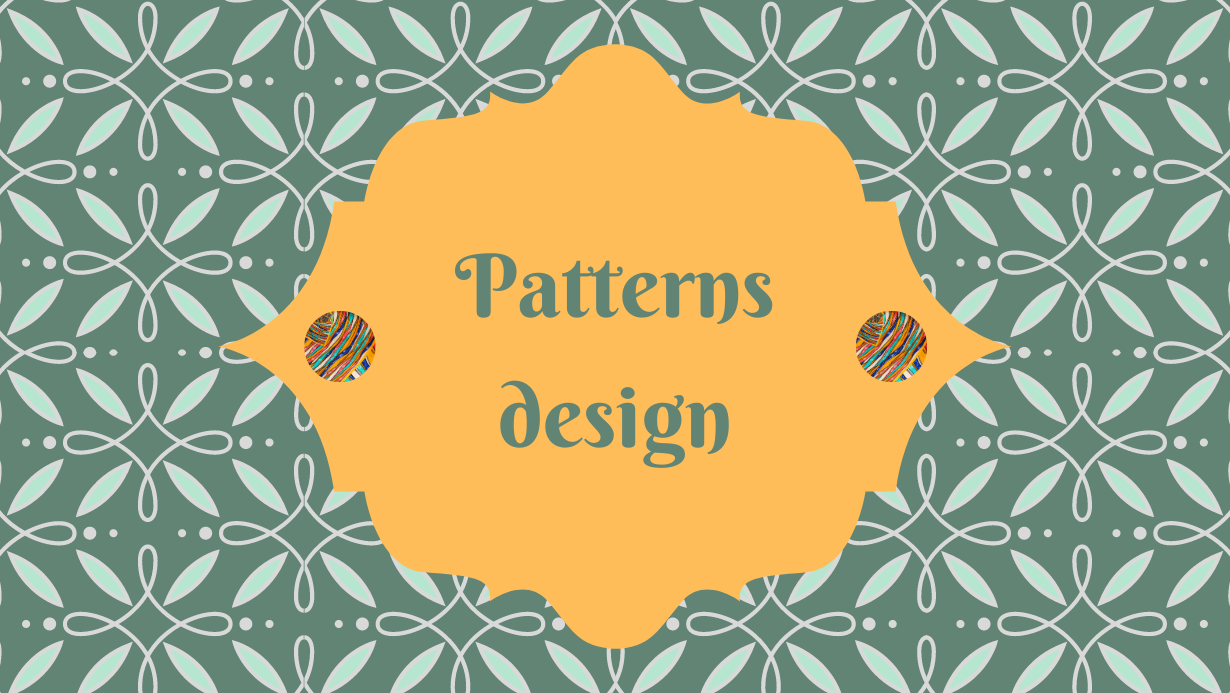
The Timeless Art of Embroidery: Bridging Tradition and Technology
Embroidery, an age-old craft, has seen a remarkable evolution from meticulous hand-sewn stitches to intricate digital designs. This transformation beautifully blends traditional artistry with modern technology, making embroidery a versatile and enduring medium of expression. In this blog, we delve into the fascinating world of embroidery, exploring the intricacies of design, the formats that make digital embroidery possible, the variety of threads available, and the machinery that brings these designs to life.
The Essence of Embroidery Design
At the heart of embroidery lies the design, a creative vision often inspired by nature, culture, or contemporary trends. Traditional embroidery, steeped in history, varies widely across cultures. For instance, the delicate motifs of Chinese Suzhou embroidery and the vibrant patterns of Mexican Tenango are more than just decorative—they are visual storytellers, preserving cultural heritage.
With the advent of digital technology, embroidery design has taken a significant leap forward. Using specialized software, designers can now achieve a level of precision and complexity previously unimaginable. These digital tools allow for the visualization of designs, enabling adjustments and experimentation with colors and patterns before any stitching begins.
The Role of Embroidery Formats
Embroidery formats play a crucial role in transforming a digital design into a tangible piece of art. Common formats such as DST, PES, and EXP are tailored for different types of embroidery machines. For anyone involved in digital embroidery, understanding these formats is essential.
These formats store critical information, including color sequences, stitch types, and order of stitching, guiding the embroidery machine to replicate the design on fabric. Converting designs into the appropriate format and ensuring compatibility with your machine is a vital step in the embroidery process.
The Importance of Thread Selection
The choice of thread can greatly influence the final appearance and texture of the embroidery. Threads come in various materials like rayon, polyester, and cotton, each offering distinct qualities in terms of sheen, strength, and colorfastness.
Thread selection is project-dependent. For instance, rayon threads provide a luxurious sheen, making them ideal for decorative designs, while polyester threads offer durability, making them perfect for items subjected to frequent washing. Proper storage and handling of threads are also essential to maintain their quality and preventing issues like tangling or fading.
Choosing the Right Embroidery Machine
Embroidery machines range from simple models designed for home use to sophisticated industrial machines. Choosing the right machine depends on your specific needs, such as the size of the embroidery field, the number of needles, and the machine’s speed.
Modern embroidery machines come with advanced features, including touch-screen interfaces, programmable patterns, and multi-needle setups, enabling the creation of complex designs with efficiency. Regular maintenance, such as cleaning and servicing, is also crucial to ensure the machine's longevity and optimal performance.
Conclusion: Embroidery – A Blend of Art and Technology
Embroidery is a craft that has withstood the test of time, continually evolving while staying true to its roots. Whether you’re a seasoned embroiderer or just starting out, understanding the intricacies of design, formats, threads, and machines is key to mastering this art form. Embroidery is more than just a craft—it’s a means of expressing creativity, preserving culture, and creating beauty that transcends generations.




.jpg)







